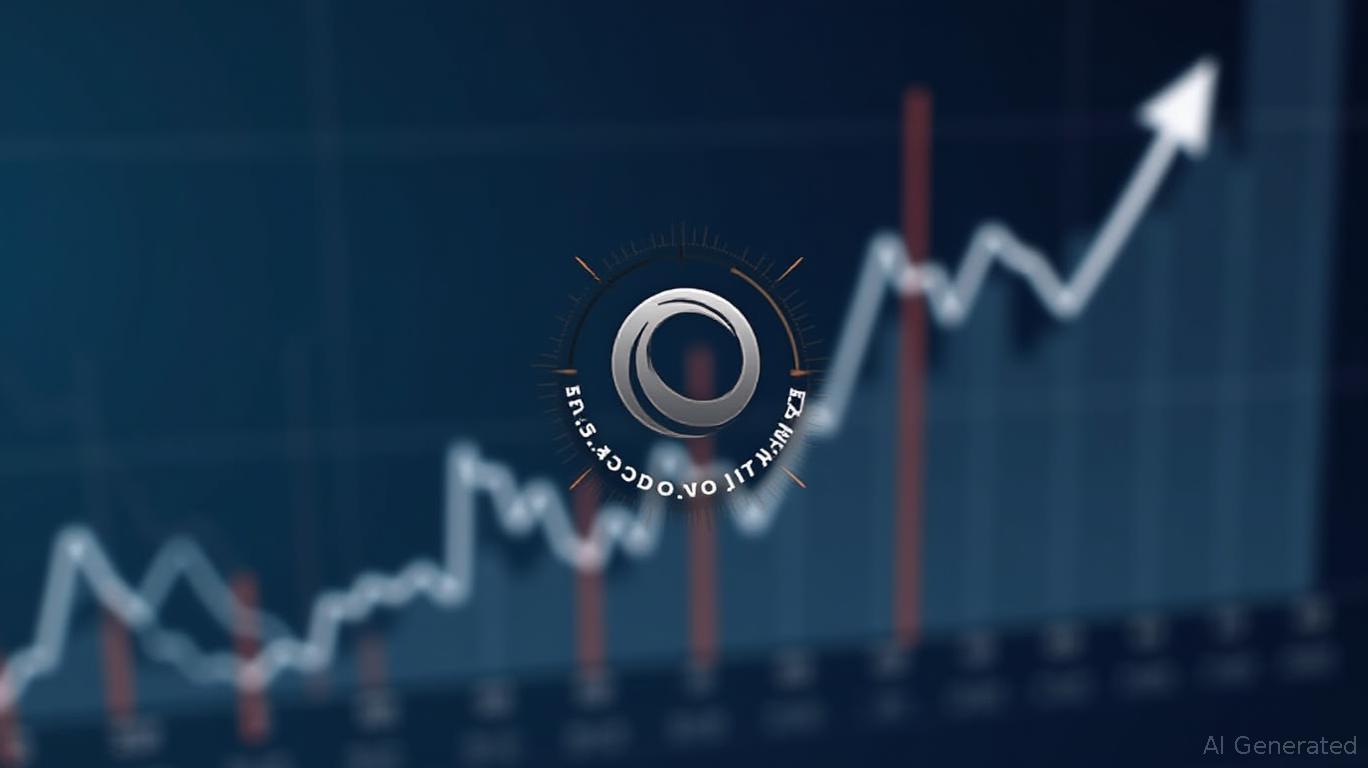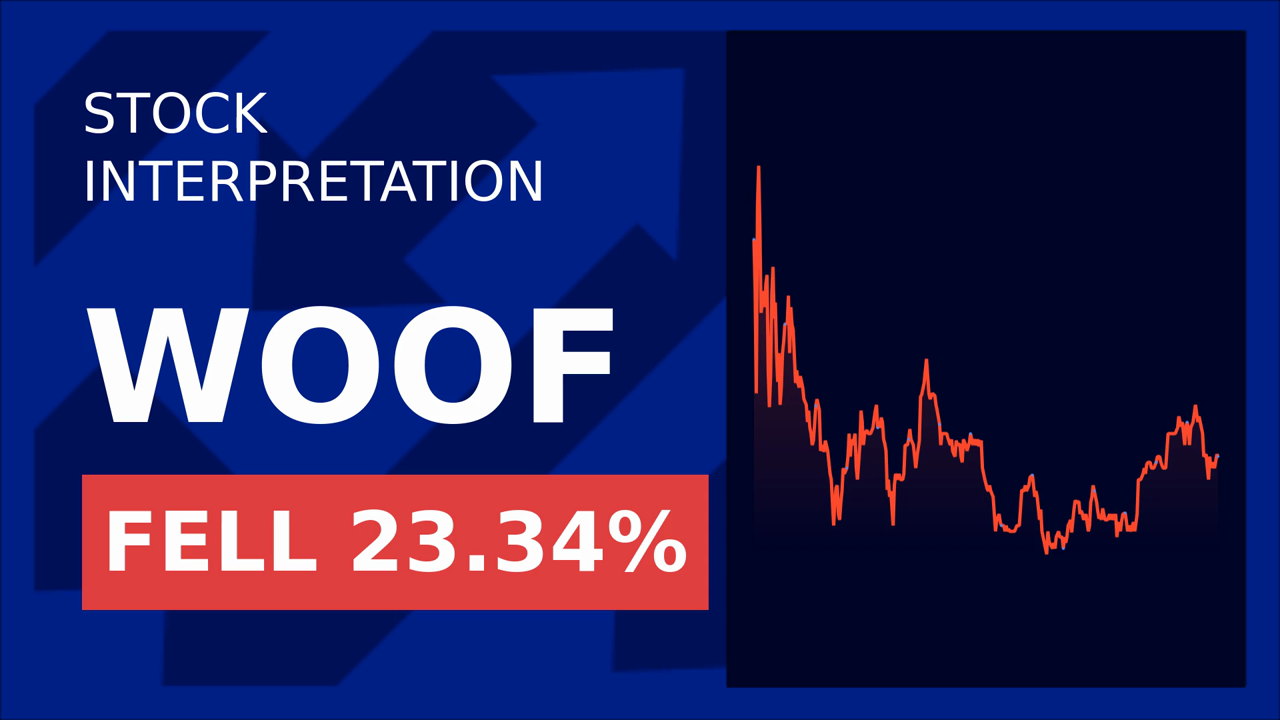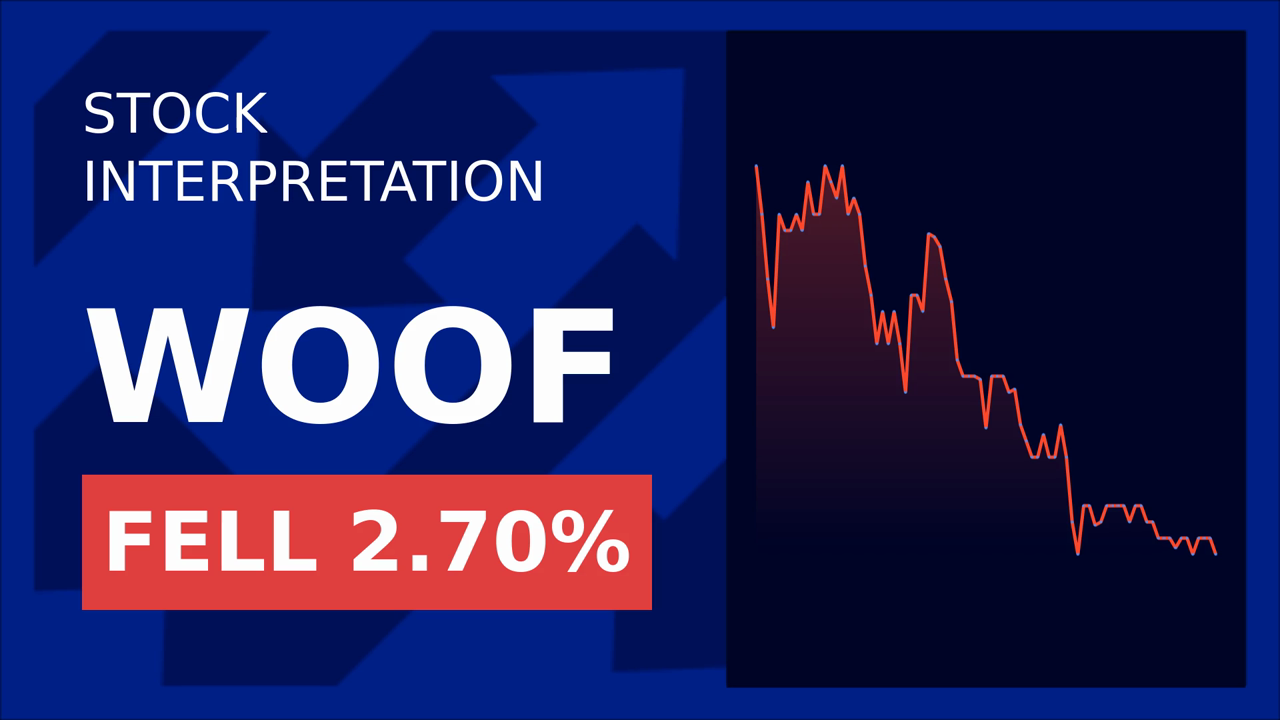PepsiCo's Q1 Earnings Miss and Guidance Cut: A Reality Check for PEP Stock
PepsiCo’s (PEP) April 24 earnings report sent shockwaves through the market, revealing a stark reality: the beverage and snack giant is grappling with headwinds that could redefine its trajectory. With net income dropping 10% year-over-year and full-year guidance slashed, investors are now questioning whether PEP can navigate supply chain chaos and shifting consumer habits.

The Earnings Miss: A Glimpse into PEP’s Struggles
PepsiCo reported Q1 2025 net income of $1.834 billion, or $1.33 per share, missing estimates by $0.15. Revenue fell 1.8% to $17.92 billion, narrowly beating forecasts but underscoring a troubling trend: operating profit dropped 5% to $2.58 billion, the first decline in three years. The key culprit? Foreign exchange (FX) headwinds, which shaved 4% off earnings per share.
CEO Ramon Laguarta framed the results as a “dynamic and complex” macroeconomic environment, citing “global trade uncertainties” and “geopolitical volatility” as persistent threats. But investors were most unnerved by the guidance cut: PEP now projects core EPS to remain flat in 2025 compared to 2024, downgrading a prior “mid-single-digit growth” forecast.
The market responded immediately. PEP shares fell 1% in premarket trading to $140.80 before rebounding 1.5% intraday to $143.89—suggesting a tug-of-war between short-term pessimism and long-term faith in the company’s resilience.
The Root Causes: FX, Supply Chains, and Consumer Caution
- Currency Volatility: FX costs reduced revenue by 3% and EPS by 4%. With the dollar strengthening against currencies like the euro and peso, PEP’s international operations—responsible for 44% of revenue—are increasingly strained.
- Supply Chain Cost Pressures: Input costs rose due to tariffs, logistics delays, and raw material shortages. For example, a 25% aluminum tariff in key markets has inflated can production expenses.
- North American Softness: Snack and soda sales in the U.S. fell, reflecting consumers’ shift toward healthier options. PepsiCo’s organic revenue grew just 1.2%, with North America contributing -0.4% to the total.
Analyst firm Bernstein noted, “PepsiCo’s margin pressures are now structural, not cyclical,” warning that tariff-driven cost hikes could persist through 2026.
Strategic Moves: Poppi’s Acquisition and the Health Pivot
While the Q1 report focused on near-term pain points, PepsiCo’s March acquisition of Poppi, a prebiotic soda brand, signals a strategic pivot. The $2 billion deal aims to capitalize on the $15 billion functional beverage market, which grew 8% in 2024.
Yet, skeptics argue this move won’t offset declining soda sales. “Poppi is a drop in the bucket compared to PEP’s $18 billion revenue,” said Morningstar analyst Remy Briand. “The real test is whether they can revitalize core brands like Lay’s and Cheetos in a cost-conscious era.”
The Outlook: Can PEP Recover?
Looking ahead, PEP faces three critical hurdles:
1. FX Mitigation: The company plans to reduce foreign currency exposure through hedging and local currency pricing.
2. Cost Cutting: A new $3 billion cost-savings program targets supply chain inefficiencies and overhead.
3. Product Innovation: Expanding the Poppi brand and scaling value-oriented snacks like Chester’s and Santitas could attract budget-conscious buyers.
Historically, PEP has bounced back after earnings disappointments. Over the past five years, its stock rose 84% of the time in the day following earnings, with a median gain of 1.3%. However, the April 2025 report’s guidance cut breaks this pattern, making it harder to bet on a quick rebound.
Conclusion: PEP’s Path Forward Requires More Than Soda and Chips
PepsiCo’s Q1 results mark a turning point. While the stock’s 12-month decline of 18% reflects investor skepticism, there’s still hope. The company’s dividend—up 5% for 2025—and fortress balance sheet ($13 billion in cash) provide stability. However, the path to recovery hinges on two key factors:
- Margin Resilience: Can PEP offset FX and tariff costs without raising prices further?
- Innovation Payoff: Will Poppi and other health-focused products drive long-term growth?
For now, the stock trades at a 14.5x forward P/E, below its five-year average of 18x—a sign that the market is pricing in pessimism. A successful execution of its cost-saving plan and a rebound in North American sales could rekindle investor confidence. Until then, PEP remains a tale of two halves: a legacy giant navigating a world where its old playbook no longer guarantees victory.
Actionable Takeaway: Investors should monitor PEP’s Q2 results and cost-savings progress. If margins stabilize and Poppi gains traction, the stock could regain its footing. But with 2025 EPS now projected to be flat, patience—and a long-term view—are critical.










